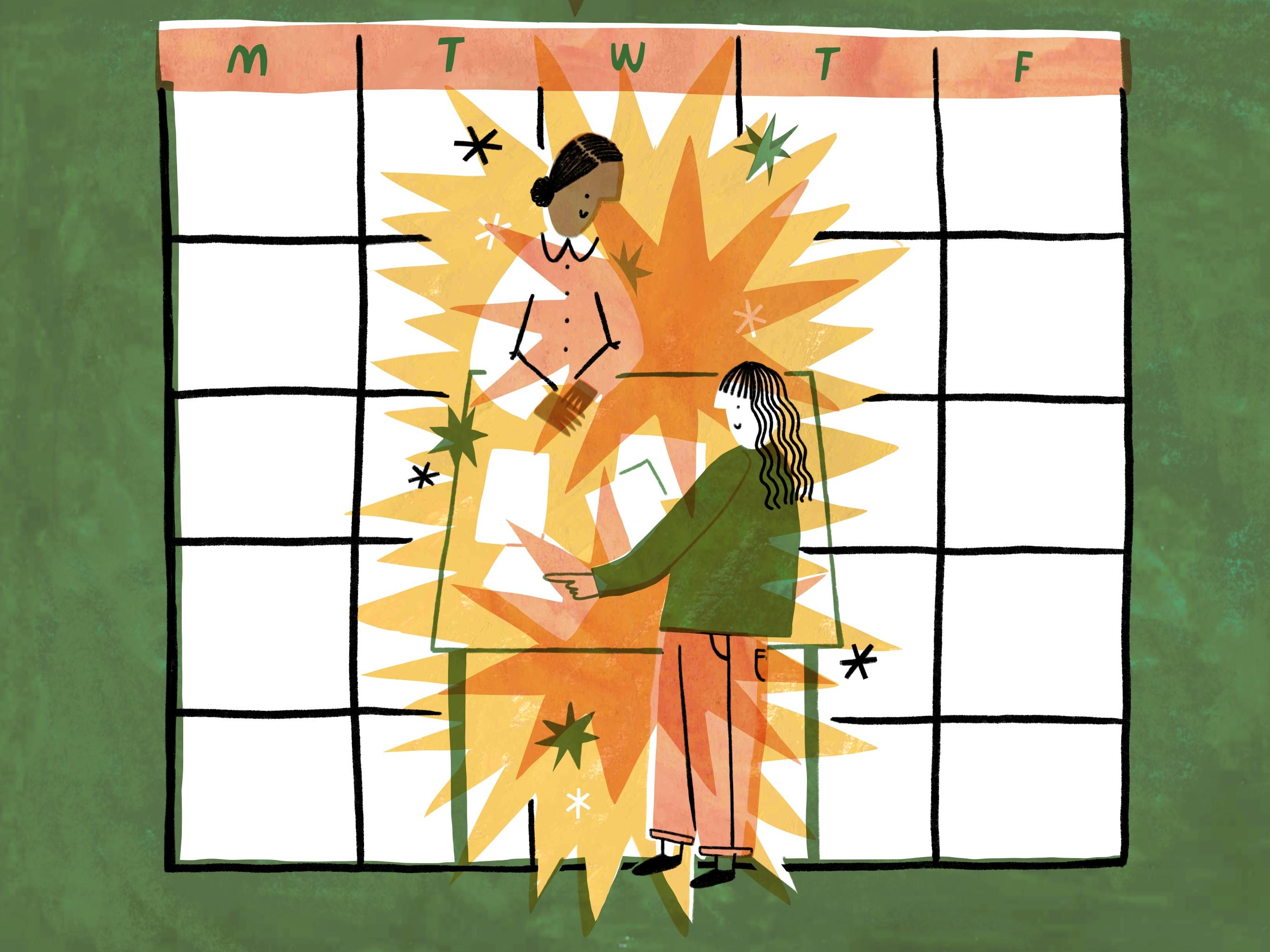How to pitch
Audience
Who are the audience for your presentation? What do they need to know? What do they already know?
Tailor the content depending on your audience to ensure your presentation is relevant and interesting.
Structure
Tell the audience at the beginning of the presentation what the structure is, explain what key areas you will be covering so that your audience knows what to expect.
Repetition helps people to remember information so mention any key points a few times throughout your presentation.
Don't try to cram in too much information; keep content focused and relevant to the audience.
Use your own structure and vocabulary as then you are more likely to be confident in what you are saying.
Preparation
Avoid using a script; this can make you sound monotone and limits your ability to have eye contact with the audience.
Most people find it helpful to have presentation notes. A good method is to put bullet points on cue cards, this means that you will be able to speak more naturally, without the fear of forgetting your points.
You can use a PowerPoint presentation as a visual cue, but avoid reading from the slides as that breaks the connection with the audience.
If you are using an online presentation or video make sure you have downloaded versions in case of a poor internet connection.
Avoid putting too much text on slides, stick to short bullet points to communicate important information.
Practice makes perfect!
Rehearsing your presentation a few times will mean you’re less likely to make mistakes on the day.
Read your presentation aloud in full a few times and edit any bits that are difficult to say or where the content doesn't flow.
Set a timer so you know roughly how long your presentation will last. If you’ve been given a 10-minute slot you need to cover all of your points within that time.
If possible, practice in front of a friend and ask them for feedback.
Presenting tips
If you feel nervous, look for friendly faces in the audience to help you to relax.
Smile when you begin your presentation, even if you're feeling nervous, as you will seem more confident.
Connect with your audience through eye contact. If it’s a large room pick three spots to the left, middle and right of the room to give the impression that you’re looking at everyone.
Speak slowly! This will help the audience to hear what you’re saying and also make it easier for you to get your words out.
It's OK to make mistakes! Oddly, sometimes the audience warms to you more if you make a mistake because it shows you are human. The most important thing is not to panic or to dwell on the mistake, you can acknowledge the mistake if you like but then move on.
Difficult questions
It's a good idea to prepare for questions in advance. What questions would you ask yourself? What answers would you give? What's the worst thing you could be asked?
If you get asked a question that you find hard to answer, don't panic. You can ask them to repeat or rephrase the question. If you don't know the answer, it is fine to say that you aren’t sure of the answer but will find out and get back to them afterwards.’
What's on
-
Student Career One-to-Ones
Join us to explore how we can support you to make a living doing what you love.
-
Career Wellbeing One-to-Ones
This biweekly one-to-one service is exclusively for current UAL BA, Graduate Diploma, MA, and PhD students.
-
Showcase Ready: One-to-one career discussions (Chelsea)
Book a 20-minute one-to-one career discussion.
-
Showcase Ready: Showcase one-to-ones (Chelsea)
Sign up for a Showcase one-to-one for personalised advice on the UAL Showcase platform.
-





